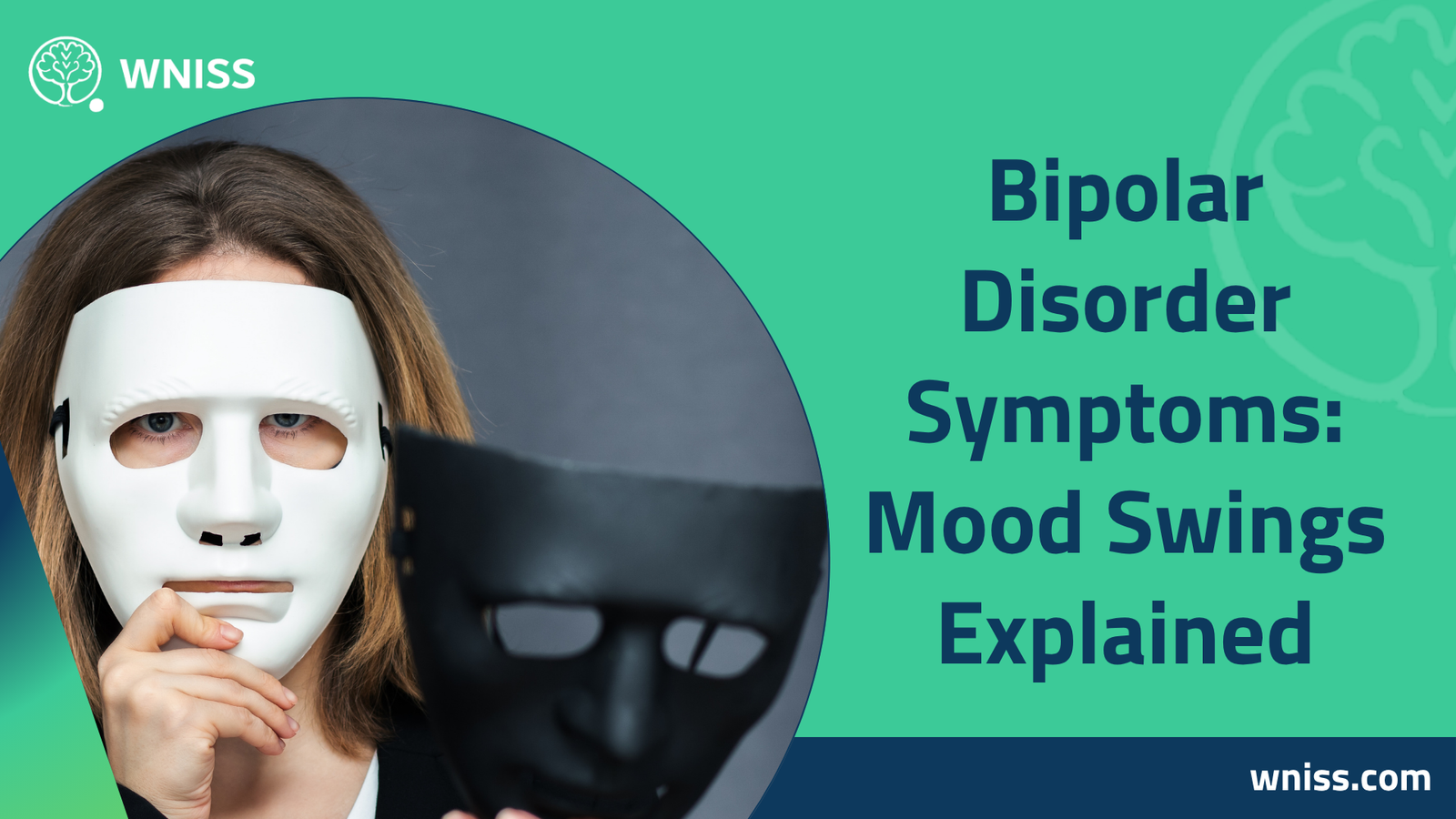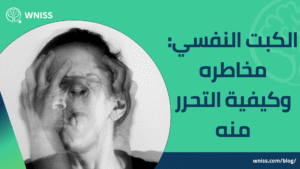When attempting to understand the intricacies of bipolar disorder symptoms, it is essential to recognize that this mental health condition is far more than mere mood swings or occasional emotional ups and downs. Instead, bipolar disorder represents a chronic psychiatric illness characterized by significant fluctuations in mood, energy, activity levels, and the ability to carry out daily tasks. These fluctuations, commonly referred to as mood episodes, vary dramatically between periods of mania or hypomania and episodes of depression. Yet, while the condition itself is often simplified in popular culture, its true nature is much more complex, making it critical to examine bipolar disorder symptoms in depth, especially considering how they differ between mood phases.
In the manic phase, individuals typically experience heightened energy levels, euphoric moods, and an inflated sense of self-esteem. Conversely, during depressive episodes, sufferers may feel overwhelmed by sadness, hopelessness, and profound fatigue. However, what makes bipolar disorder symptoms particularly challenging is the unpredictable manner in which these mood shifts occur. Mood episodes can last for weeks, months, or even years in some cases, further complicating both diagnosis and management. In fact, many people spend years suffering without a proper understanding of their condition, mistaking their symptoms for ordinary stress or even personality quirks.
Furthermore, it is worth noting that while certain bipolar disorder symptoms are common across most patients, each individual’s experience with the disorder is highly unique. The intensity, duration, and sequence of mood episodes can vary significantly from one person to another. Therefore, recognizing the full scope of bipolar disorder symptoms, alongside understanding their relationship to specific mood phases, becomes essential for early diagnosis and effective intervention.
Exploring Manic Episode Symptoms and Their Distinct Characteristics
One of the most defining aspects of bipolar disorder symptoms is the presence of manic or hypomanic episodes, periods marked by an abnormal elevation in mood and increased activity or energy levels. These manic episode symptoms can escalate rapidly, sometimes without any identifiable external triggers. During such episodes, individuals often feel euphoric, overconfident, or excessively optimistic. However, the elation associated with mania is not always benign; as the episode progresses, it frequently results in reckless behavior, poor decision-making, and social or professional conflicts.
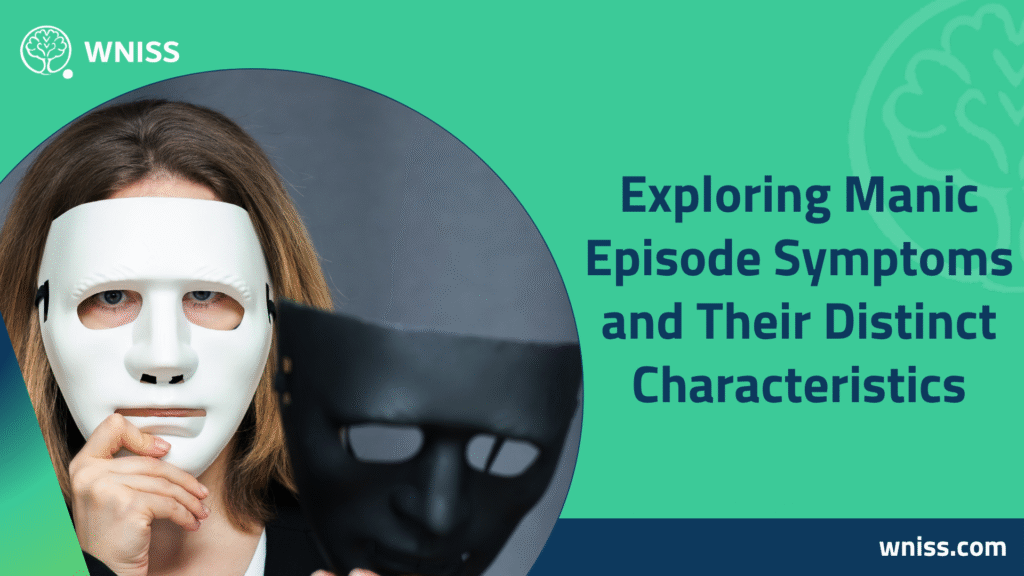
Manic episode symptoms commonly include:
- Exaggerated self-confidence or grandiosity.
- Decreased need for sleep, often going for days without feeling tired.
- Rapid, pressured speech that is difficult for others to follow.
- Racing thoughts and difficulty concentrating on a single topic.
- Engaging in high-risk activities such as excessive spending, substance abuse, or dangerous driving.
- Irritability and aggression, particularly if the individual’s goals are thwarted.
In more severe cases, manic episode symptoms can evolve into psychosis, where delusions and hallucinations blur the distinction between reality and imagination. Yet, despite the potential severity, many individuals fail to recognize these bipolar disorder symptoms as pathological, mistaking them for periods of personal productivity or creativity.
Understanding Depressive Episodes in the Context of Bipolar Disorder Symptoms
While manic phases often attract more attention due to their overt behaviors, depressive episodes are equally, if not more, debilitating for many individuals suffering from bipolar disorder symptoms. These periods are characterized by intense sadness, feelings of hopelessness, and a pervasive sense of emptiness. Unlike ordinary sadness, depressive episodes involve a profound loss of interest in activities that once brought pleasure, combined with overwhelming fatigue and cognitive difficulties.
Key symptoms during depressive phases include:
- Persistent sadness or feelings of emptiness.
- Loss of interest in hobbies, social activities, and even relationships.
- Significant changes in appetite and weight.
- Sleep disturbances, ranging from insomnia to hypersomnia.
- Difficulty concentrating, remembering, or making decisions.
- Thoughts of death, suicidal ideation, or suicide attempts.
The coexistence of depressive and manic symptoms in bipolar disorder complicates both the diagnosis and the course of treatment. Many individuals initially seek help only during depressive phases, leading clinicians to mistakenly diagnose unipolar depression rather than bipolar disorder. As a result, depressive episodes represent a critical component of bipolar disorder symptoms that must be understood in the broader context of the disorder’s cyclic nature.
The Role of Types of Bipolar Disorder in Symptom Presentation
In clinical settings, understanding the types of bipolar disorder is essential to accurately interpret bipolar disorder symptoms. The diagnostic criteria typically distinguish between three main forms:
- Bipolar I Disorder: Defined by at least one manic episode, usually followed by depressive episodes. Manic episodes in bipolar I are often severe and may require hospitalization.
- Bipolar II Disorder: Characterized by recurring depressive episodes and hypomanic episodes (a milder form of mania). Bipolar II disorder is frequently misdiagnosed due to the subtler presentation of hypomania.
- Cyclothymic Disorder: Involves periods of hypomanic and depressive symptoms that do not meet the full criteria for manic or depressive episodes, yet still cause significant emotional disruption.
Each of these types of bipolar disorder carries its own unique pattern of symptomatology, necessitating individualized treatment strategies and ongoing monitoring. Recognizing which subtype a patient falls under directly influences both therapeutic goals and expected outcomes.
Investigating the Causes of Bipolar Disorder: Biological and Environmental Factors
When examining bipolar disorder symptoms, understanding the causes of bipolar disorder becomes equally important, as uncovering the root mechanisms of the illness allows for more targeted interventions. Although the exact cause remains unknown, research consistently indicates a combination of genetic, biochemical, and environmental factors.
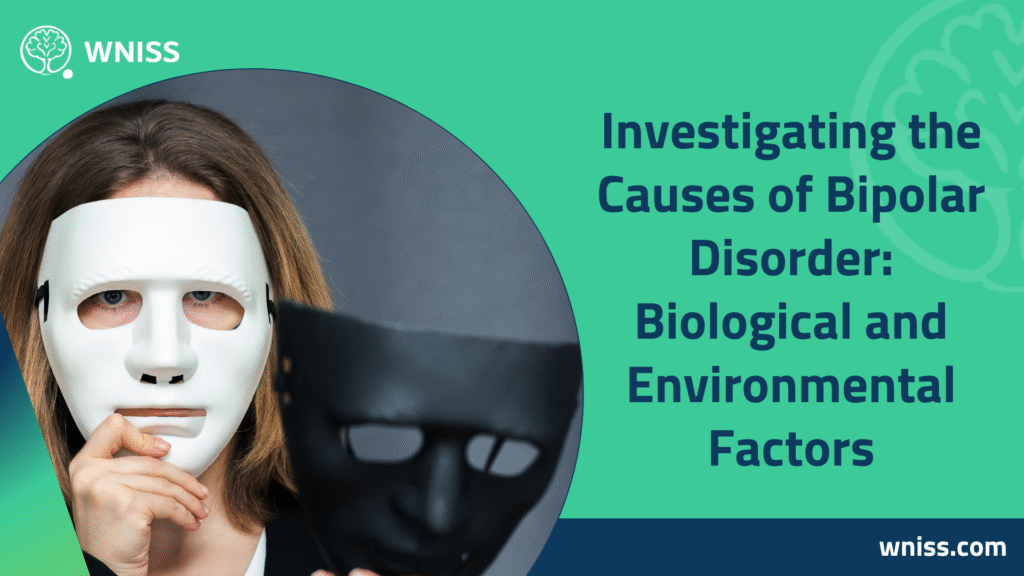
Key causes of bipolar disorder include:
- Genetic Factors: Having a first-degree relative with bipolar disorder significantly increases one’s risk, suggesting a hereditary component.
- Brain Structure and Function: Abnormalities in brain circuits regulating emotion and behavior, particularly in the prefrontal cortex and amygdala, may contribute to symptom development.
- Neurochemical Imbalances: Irregularities in neurotransmitters such as serotonin, dopamine, and norepinephrine are strongly implicated.
- Environmental Triggers: Traumatic life events, chronic stress, and substance abuse can trigger or exacerbate mood episodes.
Despite extensive research, the interplay between these factors remains complex, and pinpointing a singular cause remains impossible. Understanding the causes of bipolar disorder provides a broader framework within which both prevention and treatment strategies can be developed.
The Importance of a Bipolar Disorder Test in Accurate Diagnosis
Accurate diagnosis is critical when dealing with bipolar disorder symptoms, especially since misdiagnosis can lead to inappropriate treatment, exacerbating mood episodes. Utilizing a comprehensive bipolar disorder test helps clinicians differentiate between bipolar and other mood disorders.
Typically, a bipolar disorder test involves:
- Structured clinical interviews focusing on psychiatric history.
- Mood questionnaires like the Mood Disorder Questionnaire (MDQ).
- Psychological assessments to evaluate cognitive function and emotional regulation.
- Family history analysis to identify hereditary risk factors.
No single bipolar disorder test provides a definitive answer; instead, diagnosis relies on compiling multiple data points and observing mood patterns over time. Early diagnosis significantly enhances treatment outcomes, preventing years of untreated mood swings.
Exploring Modern Approaches to Bipolar Disorder Treatment
Addressing bipolar disorder symptoms effectively requires a comprehensive and multidisciplinary approach to bipolar disorder treatment. Given the disorder’s chronic nature, long-term management plans focus not only on acute symptom relief but also on mood stabilization and relapse prevention.
Common components of bipolar disorder treatment include:
- Medication: Mood stabilizers like lithium, anticonvulsants, and atypical antipsychotics form the cornerstone of treatment. Antidepressants may be used cautiously to avoid triggering mania.
- Psychotherapy: Cognitive Behavioral Therapy (CBT) helps individuals manage thought patterns, while Interpersonal and Social Rhythm Therapy focuses on maintaining daily routines.
- Psychoeducation: Teaching patients and families about the disorder improves treatment adherence and helps recognize early warning signs.
- Lifestyle Adjustments: Regular sleep schedules, stress reduction techniques, and avoiding substance abuse are critical to managing mood stability.
By combining these elements, bipolar disorder treatment not only addresses acute bipolar disorder symptoms but also helps patients lead more stable, productive lives.
FAQs About Bipolar Disorder
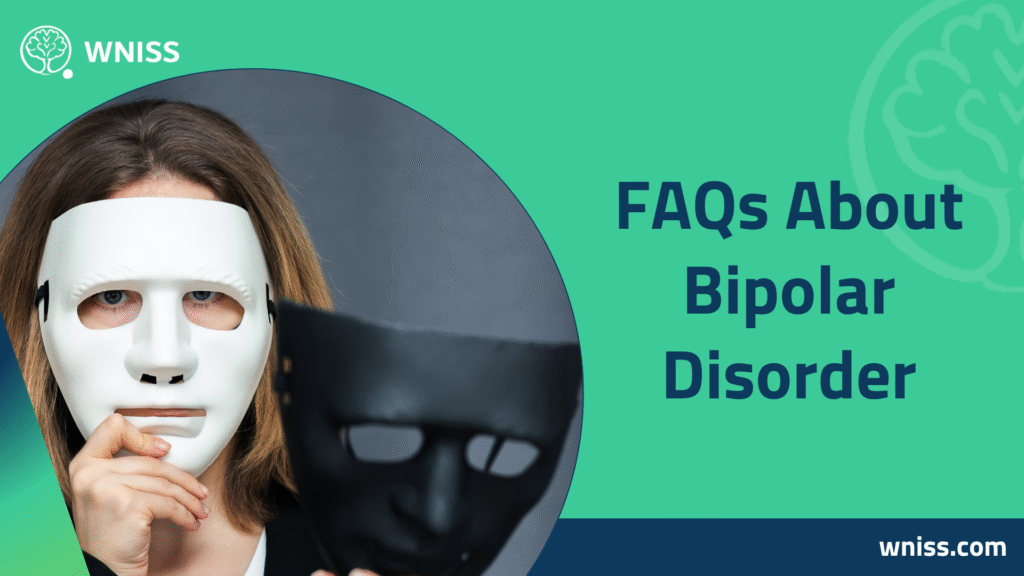
What are 5 signs of bipolar disorder?
Five common bipolar disorder symptoms include:
- Periods of extreme mood elevation or irritability.
- Decreased need for sleep during manic phases.
- Persistent sadness or hopelessness during depressive episodes.
- Racing thoughts and rapid speech.
- Engaging in risky behaviors such as excessive spending or substance misuse.
Can a bipolar person ever be stable?
Yes, with appropriate bipolar disorder treatment, many individuals achieve mood stability and can manage their bipolar disorder symptoms effectively. Stability requires consistent medication adherence, psychotherapy, and healthy lifestyle habits, combined with regular psychiatric monitoring.
Can bipolar live normal life?
Many people with bipolar disorder can lead normal, fulfilling lives when properly diagnosed and treated. Managing bipolar disorder symptoms allows individuals to work, maintain relationships, and engage in social activities. However, long-term treatment and self-awareness are essential.
What is having bipolar 2 like?
Living with bipolar II disorder involves recurring depressive episodes and hypomanic episodes, which are milder but still disruptive. Individuals often feel stuck in cycles of emotional lows, punctuated by periods of elevated mood that may go unrecognized as pathological.
Can I tell if I’m bipolar?
If you experience unpredictable mood swings, alternating between periods of intense energy and depression, along with symptoms like racing thoughts, sleep disruptions, or impulsive behavior, it is advisable to consult a mental health professional for a formal bipolar disorder test and comprehensive evaluation.
How does a bipolar person love?
Individuals with bipolar disorder love deeply but may struggle to maintain stable relationships due to fluctuating moods. Open communication, emotional support, and understanding from partners are essential. With effective treatment, many people with bipolar disorder maintain healthy, loving relationships.
In conclusion, recognizing the vast array of bipolar disorder symptoms, whether in the form of manic episode symptoms or depressive episodes, is critical to understanding and managing this complex mental health condition. Exploring the various types of bipolar disorder, analyzing the causes of bipolar disorder, utilizing a structured bipolar disorder test, and pursuing comprehensive bipolar disorder treatment empower both patients and caregivers to manage mood swings effectively. Although living with bipolar disorder presents ongoing challenges, early diagnosis, consistent treatment, and strong support systems allow individuals to regain control over their lives, achieve emotional stability, and foster meaningful personal and professional relationships despite the unpredictable nature of the disorder.

